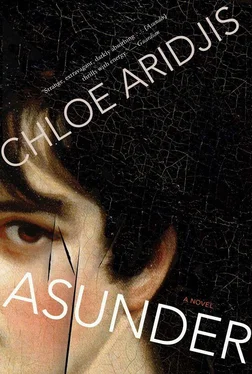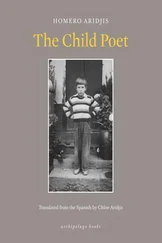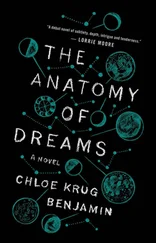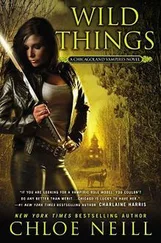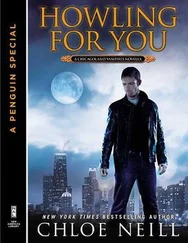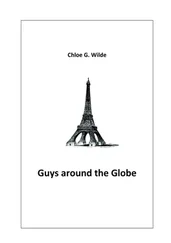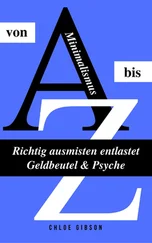A return to the original is what Ruhemann upheld, the removal of later layers of varnish, stripped away to the original tranquillity. The intention of the master should be the guiding standard, he said, not the desires of the general public, who might at first be dazed by the brightness of the canvas like someone who has lived too long in a darkened room.
As for Mary Richardson, Ted would say, there was no return to the original. After the attack she was sent to Holloway Prison, home to many a suffragette, for six months, the longest possible sentence for damaging a work of art. She had already served time there for assaulting policemen, flinging an inkpot through the window of a police station, and breaking windows at the Colonial Office and Holloway.
When she was brought there on 10 March 1914 the medical advisor warned of appendicitis yet the administration took little heed. When she refused to eat she was forcibly fed, a medieval torture to which fasting suffragettes were subjected, and then released with appendicitis a month later in accordance with the Cat and Mouse Act, which declared hunger strikers be freed from prison until healthy enough for re-arrest. The special police Cats would wait outside their homes ready to pounce, Ted explained, while the Mice rested and strategised indoors. Mary Richardson was re-arrested and forcibly fed, then released again with appendicitis. The appendicitis became acute; her mouth scarred by the fingernails of prison officials. The longer she campaigned, the further away from tranquillity.
Velázquez established his legacy with brushstrokes, Mary Richardson with knife strokes, both with impassioned diagonals. I often searched for signs of the assault, how could I not, whenever I was assigned Room 30, which now held the painting. After staring for a minute or two, working my way from top to bottom and across the luminous flesh, I’d eventually find what looked like a fading bruise between Venus’s shoulders resembling the faint imprint of a petrol stain, final remnants of a flammable spill from long ago.
As was often my way, I thought back on Ted that morning as I climbed the steps to the staff entrance of the Gallery, a cold, ancient gust blowing out of the building as I went in. I turned down the corridor to our changing rooms, stopping to glance at the plaque hanging in the foyer, an overdue gesture, added a little over a decade ago, honouring those colleagues who had died on duty. It was a rather modern plaque, a glass rectangle attached to the wall with four bolts, the names etched in black, and I couldn’t help thinking that something more circular and brass-like would have been better. Since the plaque’s appearance only five names had been chiselled in: a Mr Heeroo, Mr Chipperfield, Mr Szymanski, Mr Amin and Mr Lumsdale, the last in 2008, and I sometimes found myself secretly desiring an addition, as if time were slowing down a little too comfortably in our Gallery and needed a reminder of the cycles outside. Out of the five men listed I could only recall Mr Szymanski, an aged Pole with callused hands, extremely cordial with everyone but rather silent; his past and present were a mystery, his future easier to guess.
It took ten days for Leighton Crooke’s name to be added. Once he passed away I checked at the end of the day too, just in case it’d appeared while the rest of us were upstairs patrolling. And so the five names chiselled into the glass grew to six, and each time I saw it I was reminded that I’d been witness to this small addendum to the museum archives. Yet after a while the event began to recede in our minds, drowned out by the louder tide of the Gallery.
During the final years of his life Ted would say that if something has vanished there’s no need to remind yourself of its disappearance and if a place has changed there’s no need to go and take measure. A memory has been shaped and slotted in your mind, found its plot among the others, why return as surveyor? Over the decades his London changed, within the museum and beyond, but he held on to the facts he knew.
I was in for a shock when I accompanied Jane to Camden the following Sunday. A chilly drizzle was falling as we emerged from the entrails of the Northern Line up into the grubby swirl round the station and then down the high street, swept up within seconds into the raggedy current heading towards the Lock.
One by one, I looked round and began adding up the losses. Gone was the shop where I used to buy late-night snacks and cigarettes. Gone was the café where I’d sit for hours watching local fauna come and go. Gone, worst of all, was Compendium, the marvel of a bookshop where I’d worked for eight months, my first job after dropping out of university. I’d heard of its demise years ago but had never visually acknowledged it until now. As we walked past the Doc Martens shop which had sprung up in its place, I recalled some of the anxiety I would experience there on a daily basis, the great worries over whether an important political theorist had gone astray and migrated to the comic books or whether a mathematician suddenly found himself amongst the Surrealists or a jazz musician in the Occult, details that meant everything at the time. As I superimposed a pyramid of books on to the jumble of shoes in the window display, I remembered the extremely kind and knowledgeable Scotsman who ran the fiction and poetry sections, and the way the owner would ask me if I’d read this writer or that, none of whom I had, but I got to know a few names and manifestos and more about politics than I ever did at university. I didn’t put up a fight, however, when I was eventually replaced by a literature student who could direct customers to what they wanted with her eyes closed.
And then came the next jolt, Camden market itself. At first I wondered whether there’d been an error in geography but Jane assured me we had arrived at the Lock. It wasn’t the Lock I recalled. As soon as we entered I could see that here too familiar coordinates had been erased. Washed out to sea, the treasure troves selling music insignia; in their place, a surf of the tacky and tedious. And just to hammer in the sight of fluorescent T-shirts, spiky club wear and tribal body ornaments, the loud techno and drum & bass emerging from invisible speakers began to pound my temples. People kept bumping into me, changing direction every few seconds in a crisis of indecision, and I stuck as close as I could to Jane, who zigzagged through the market in pursuit of her corset.
Just as I was about to tell her I’d wait outside, I spotted a stall beyond the covered area, there on the periphery, and before even realising whose it was I grabbed Jane’s sleeve and pulled her over. Something glittery had caught my eye, the pin of a scarab, its wings outspread in midflight, one of a dozen pins set in a black velvet board. Alongside this board was another, with silver rings in the shapes of skulls, bats, dragons and spiders.
The drizzle had stopped, the merchandise further polished by the fine drops, and after a quick survey Jane pulled down a thick black scarf that’d been hanging like a dead jackdaw from a pole overhead and I picked up the scarab, its little wings studded with fake diamonds sparkling as I turned it over in my hand.
‘Beautiful, isn’t it?’
A curl of smoke, a person within. From amidst the scarves and velvety boards emerged a slender figure with jet-black hair, high cheekbones and long lashes. Even without the make-up he was disarmingly handsome. Back in the day, every dame at the Bat Cave would have slept with him. Or had.
‘Lucian,’ I said.
He eyed me suspiciously, crushing a cigarette into the pewter face of a dragon, and reached for his pouch of tobacco.
‘Marie?’
‘Have I changed that much?’
Читать дальше
